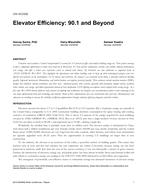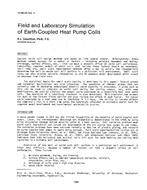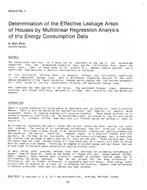Control and optimization of refrigerant expansion in vapor compression systems have traditionally been achieved by either capillary or thermostatic throttling valves. In recent years, the emergence of algorithm-controlled throttling valves or electronic expansion valves has provided an alternative methodology by which refrigerant expansion can be regulated. To date, however, the precise nature of the control algorithms utilized by electronic expansion valves has largely been proprietary knowledge and thus has not been widely reported in the literature. In this paper, the development of a custom algorithm-regulated expansion valve is described. Control algorithms for refrigerant expansion are implemented via a building energy management system that is interfaced with a pulse-actuated throttling valve. Two control strategies are investigated: a modulated proportional-width algorithm and a modulated proportional-integral-derivative algorithm. Performance of the prototype valves is benchmarked against two reference throttling devices: a conventional thermostatic expansion valve and a commercial electronic expansion valve. Experimental testing under conditions of automatic control and adaptive control are examined. Algorithm tuning issues are discussed.
Units: SI
Citation: Symposium, ASHRAE Transactions, vol. 106, pt. 1
Product Details
- Published:
- 2000
- Number of Pages:
- 10
- File Size:
- 1 file , 430 KB
- Product Code(s):
- D-7349


